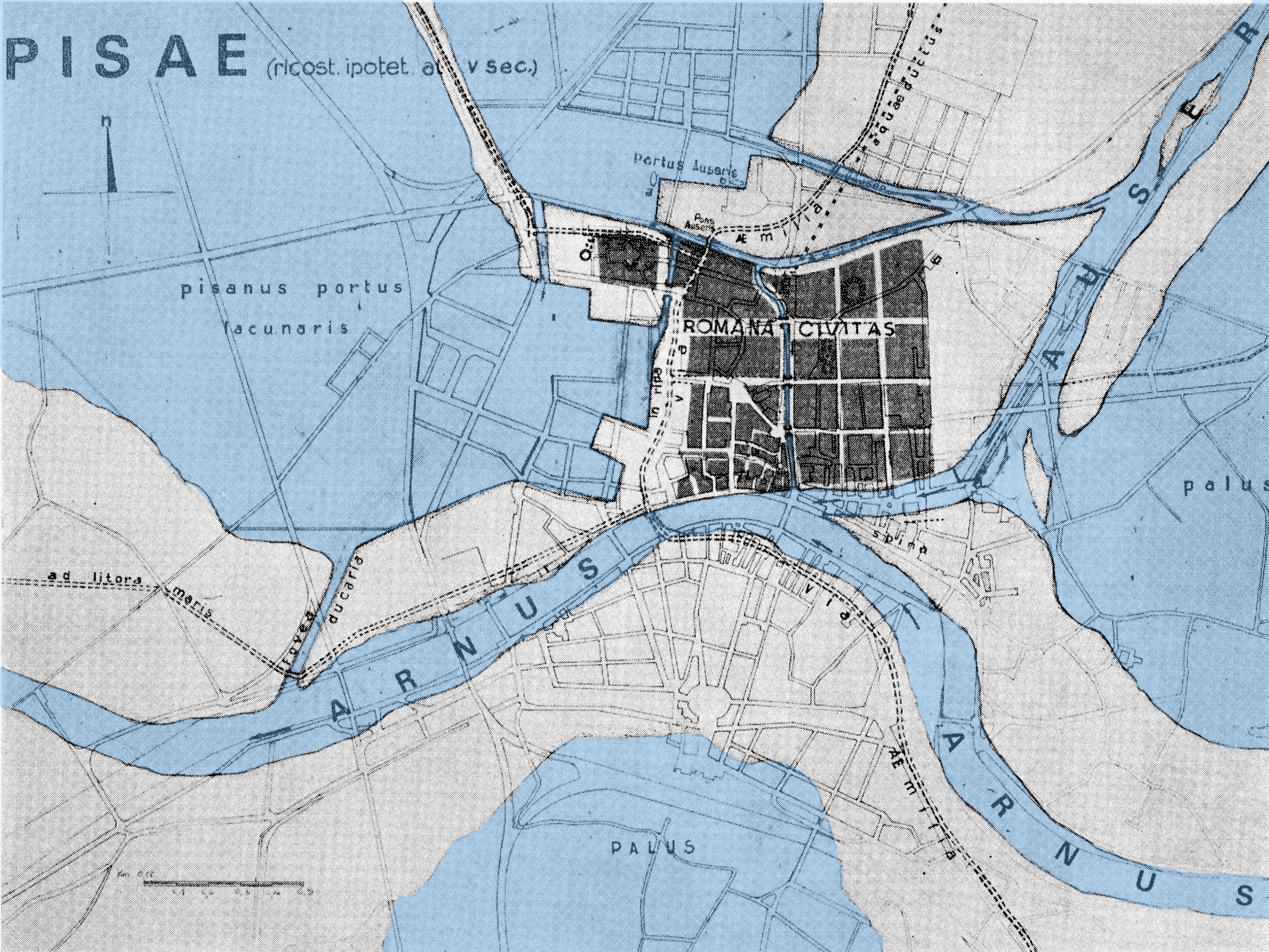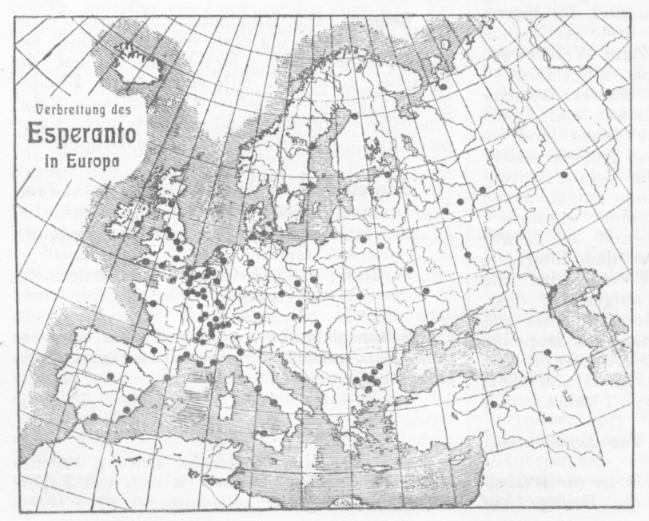|
Kredu Min, Sinjorino!
''Kredu min, Sinjorino!'' (Believe me, Madam!) is an Esperanto-language novel by Cezaro Rossetti. It is listed in William Auld's Basic Esperanto Reading List and was published for the first time in 1950, the same year in which Rossetti died. The book, which the author dedicated to his brother Reto, is an autobiographical novel, which tells of his life and work as a travelling salesman and hawker. The book was translated into Hungarian by Sándor Szathmári Szathmári Sándor (; 19 June 1897 – 16 July 1974) was a Hungarian writer, mechanical engineer, Esperantist, and one of the leading figures in Esperanto literature. Biography Family background Szathmári was born in Gyula. Szathmári's gra ... (''Tréfán kívül'', 1957). In 2013 the Milan Esperanto Club prepared a translation into Italian, which was then published by the Italian Esperanto Federation. Esperanto novels 1950 novels {{1950s-autobio-novel-stub ... [...More Info...] [...Related Items...] OR: [Wikipedia] [Google] [Baidu] |
WikiProject Novels
A WikiProject, or Wikiproject, is a Wikimedia movement affinity group for contributors with shared goals. WikiProjects are prevalent within the largest wiki, Wikipedia, and exist to varying degrees within sister projects such as Wiktionary, Wikiquote, Wikidata, and Wikisource. They also exist in different languages, and translation of articles is a form of their collaboration. During the COVID-19 pandemic, CBS News noted the role of Wikipedia's WikiProject Medicine in maintaining the accuracy of articles related to the disease. Another WikiProject that has drawn attention is WikiProject Women Scientists, which was profiled by ''Smithsonian Magazine, Smithsonian'' for its efforts to improve coverage of women scientists which the profile noted had "helped increase the number of female scientists on Wikipedia from around 1,600 to over 5,000". On Wikipedia Some Wikipedia WikiProjects are substantial enough to engage in cooperative activities with outside organizations relevant t ... [...More Info...] [...Related Items...] OR: [Wikipedia] [Google] [Baidu] |
Pisa
Pisa ( , or ) is a city and ''comune'' in Tuscany, central Italy, straddling the Arno just before it empties into the Ligurian Sea. It is the capital city of the Province of Pisa. Although Pisa is known worldwide for its leaning tower, the city contains more than twenty other historic churches, several medieval palaces, and bridges across the Arno. Much of the city's architecture was financed from its history as one of the Italian maritime republics. The city is also home to the University of Pisa, which has a history going back to the 12th century, the Scuola Normale Superiore di Pisa, founded by Napoleon in 1810, and its offshoot, the Sant'Anna School of Advanced Studies.Scuola Superiore Sant'Anna di Pisa Information statistics History
|
Italy
Italy ( it, Italia ), officially the Italian Republic, ) or the Republic of Italy, is a country in Southern Europe. It is located in the middle of the Mediterranean Sea, and its territory largely coincides with the homonymous geographical region. Italy is also considered part of Western Europe, and shares land borders with France, Switzerland, Austria, Slovenia and the enclaved microstates of Vatican City and San Marino. It has a territorial exclave in Switzerland, Campione. Italy covers an area of , with a population of over 60 million. It is the third-most populous member state of the European Union, the sixth-most populous country in Europe, and the tenth-largest country in the continent by land area. Italy's capital and largest city is Rome. Italy was the native place of many civilizations such as the Italic peoples and the Etruscans, while due to its central geographic location in Southern Europe and the Mediterranean, the country has also historically b ... [...More Info...] [...Related Items...] OR: [Wikipedia] [Google] [Baidu] |
Esperanto
Esperanto ( or ) is the world's most widely spoken constructed international auxiliary language. Created by the Warsaw-based ophthalmologist L. L. Zamenhof in 1887, it was intended to be a universal second language for international communication, or "the international language" (). Zamenhof first described the language in '' Dr. Esperanto's International Language'' (), which he published under the pseudonym . Early adopters of the language liked the name ''Esperanto'' and soon used it to describe his language. The word translates into English as "one who hopes". Within the range of constructed languages, Esperanto occupies a middle ground between "naturalistic" (imitating existing natural languages) and ''a'priori'' (where features are not based on existing languages). Esperanto's vocabulary, syntax and semantics derive predominantly from languages of the Indo-European group. The vocabulary derives primarily from Romance languages, with substantial contributions from Ge ... [...More Info...] [...Related Items...] OR: [Wikipedia] [Google] [Baidu] |
Cezaro Rossetti
Cezaro Rossetti (1901 –8 May 1950) was a Scottish Esperanto writer. Of Italian-Swiss derivation, he was born in Glasgow and lived in Britain. Together with his younger brother, Reto Rossetti, he learned Esperanto in 1928. He studied in Bombay as a restaurant manager, worked as a cook, briefly as a peddler, and afterwards as a hawker at fairs. Cezaro Rossetti's novel ''Kredu min, sinjorino!'' (''Believe me, Ma'am!''), written at his brother's instigation and reflecting in part his own life experiences, has been translated into Hungarian, Japanese, Polish, and English. In 2013 the Milan Esperanto Club prepared a translation into Italian, which was then published by the Italian Esperanto Federation. References The first version of this article was based on a translation of the corresponding article in the Esperanto Wikipedia, with additional information from the external page at esperanto.net indicated below. External links * Short bio with photo. Sperto saĝon akri ... [...More Info...] [...Related Items...] OR: [Wikipedia] [Google] [Baidu] |
William Auld
William Auld (6 November 1924 – 11 September 2006) was a British poet, author, translator and magazine editor who wrote chiefly in Esperanto. Life Auld was born at Erith in Kent, and then moved to Glasgow with his parents, attending Allan Glen's School. After wartime service in the Royal Armed Forces, he studied English literature at Glasgow University, and then qualified as a teacher. In 1960, he was appointed to a secondary school in Alloa and he remained there for the rest of his life. He was nominated for the Nobel Prize in Literature in 1999, 2004, and 2006, making him the first person nominated for works in Esperanto. His masterpiece, ''La infana raso'' (''The Infant Race''), is a long poem that, in Auld's words, explores "the role of the human race in time and in the cosmos," and is partly based on ''The Cantos'' by Ezra Pound. Auld began to learn Esperanto in 1937 but only became active in the propagation of the language in 1947, and from then on wrote many works ... [...More Info...] [...Related Items...] OR: [Wikipedia] [Google] [Baidu] |
Reto Rossetti
Reto Rossetti (11 April 1909 – 20 September 1994) was a poet and an Esperantist professor. He was Italian-Swiss and retained his nationality, although he lived all his life in Britain. His professional career as a teacher in art colleges culminated as Head of the art education department at Bristol university. His elder brother was Cezaro Rossetti, author of ''Kredu min, sinjorino!'' (''Believe me, Ma'am!''). He died at Gosport. Creative life His poetry appeared in the compendious work, '' Kvaropo'' (''Foursome''). Poems by Rossetti used to appear in the Esperanto (newspaper) press. With his brother, Cezaro Rossetti (Caesar) he wrote and illustrated 'The Moc Gonnogal' – a collection of poems written as a spoof on the work of the Scottish poet William McGonnogal. His other works are: ''Mestizo de l' Mondo'' (''Mestizo of the World''), a collection of poems; ''El la Maniko'' (''Out of my Sleeve''); and ''Pinta krajono'' (''Sharp Pencil''), a collection of novellas. His ma ... [...More Info...] [...Related Items...] OR: [Wikipedia] [Google] [Baidu] |
Sándor Szathmári
Szathmári Sándor (; 19 June 1897 – 16 July 1974) was a Hungarian writer, mechanical engineer, Esperantist, and one of the leading figures in Esperanto literature. Biography Family background Szathmári was born in Gyula. Szathmári's grandfather was a woodworker, who gave 100 forints for the founding of a local music school. His father, also called Sándor, studied law. He was an official of the Austro-Hungarian Empire. He authored law books as a hobby, played the violin and painted. His father, the first intellectual in the family, and his ancestors spelled the family name with a "y" (Szathmáry). Szathmári's mother (Losonczy-Szíjjártó Margit) came from a pharmacist family in the city of Szeghalom, where she was the sole daughter of the family and lived well. She bore 11 children, of whom only seven grew to adulthood. Early life The family moved often. They lived in Gyula, Szombathely, Alsókubin, Sepsiszentgyörgy, and Lugos during Szathmári's early years. The y ... [...More Info...] [...Related Items...] OR: [Wikipedia] [Google] [Baidu] |
Esperanto Novels
Esperanto ( or ) is the world's most widely spoken constructed international auxiliary language. Created by the Warsaw-based ophthalmologist L. L. Zamenhof in 1887, it was intended to be a universal second language for international communication, or "the international language" (). Zamenhof first described the language in ''Dr. Esperanto's International Language'' (), which he published under the pseudonym . Early adopters of the language liked the name ''Esperanto'' and soon used it to describe his language. The word translates into English as "one who hopes". Within the range of constructed languages, Esperanto occupies a middle ground between "naturalistic" (imitating existing natural languages) and ''a'priori'' (where features are not based on existing languages). Esperanto's vocabulary, syntax and semantics derive predominantly from languages of the Indo-European group. The vocabulary derives primarily from Romance languages, with substantial contributions from Germa ... [...More Info...] [...Related Items...] OR: [Wikipedia] [Google] [Baidu] |




